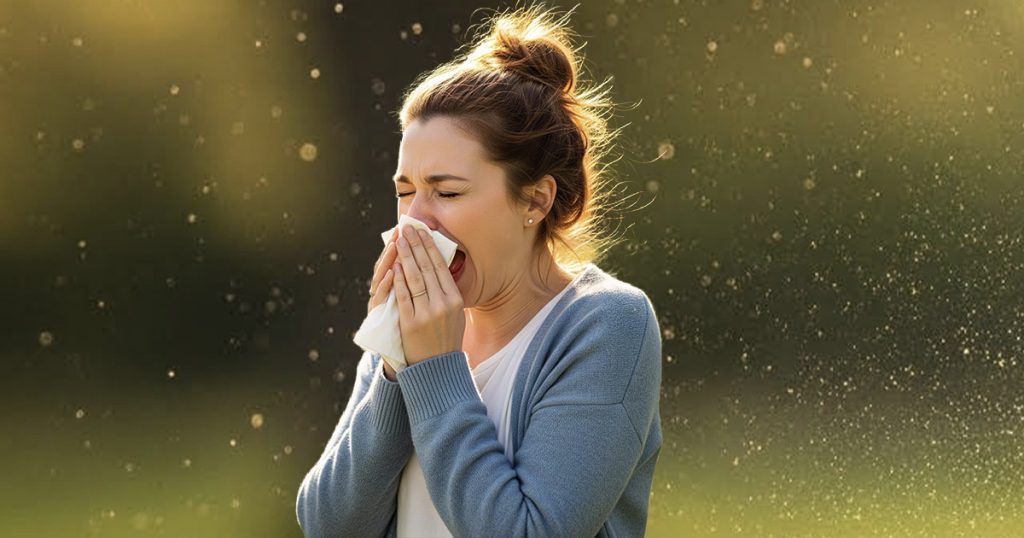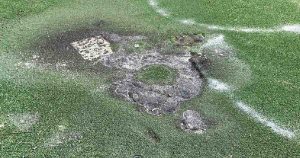
Hay-fever, also known as Allergic Rhinitis, is thought of as a minor problem by many. But those who suffer can have their sleep and concentration affected.
Symptoms include itchy or red eyes, frequent sneezing, coughing and a runny nose.
Hay-fever strikes when your immune system responds to an allergen such e.g. grass pollen. But what might appear as seasonal sneezes and sniffles also have serious side effects. As the planet warms. Hay-fever is tipped to get much worse.
I have been working as a doctor for 36 years. During this time, I have seen the hay-fever season seem to lengthen with more patients presenting. The data from the Australian Bureau of Statistics show that 24% of Australians are afflicted with allergic rhinitis compared to 15% in 2008. While asthma is stable at 11% of the population.
The most common triggers of Allergic Rhinitis are from house dust, grass pollen, fungal spores, air pollutants, and occupational sources. Changing climate has brought wetter winters in Sydney and warmer summers, encouraging more grass pollen.

We also know that increasing air pollution makes pollen and house dust mites more allergenic. There is a clear link between household gas use; this includes gas cooktop and gas heaters sensitising children to house dust mite allergy. My daughter had a house dust mite allergy. It is expensive to treat and to buy covers for mattresses and pillows and changing bedrooms to reduce the load of dust.
My patients have been exposed to mould spores from flooding. I work in Northwest Sydney where some of my patients have been evacuated 4 times in 2 years. Also, there are lots of different types of fungi.
What is Thunderstorm Asthma
Thunderstorm asthma occurs when there is a high amount of pollen or other allergens in the air during a thunderstorm. The thunderstorm sucks up the allergens and breaks them into much smaller pieces. That can be easily inhaled deep into the lungs. This can cause a sudden severe asthma attack within 15 minutes.
Melbourne is the capital of the world for thunderstorm asthma. This is important to discuss. 10 people died in 2016 from thunderstorm asthma. And about one third of people had documented asthma. Almost 100% of people admitted to hospital had hay-fever or were sensitive to grass pollen. Thousands of people were hospitalised in one night.
Solutions
Book to see your GP. It is possible to desensitise you to the allergen causing your hay-fever. This will require a referral to an allergist/ immunologist. There is a treatment called immunotherapy. This has been highly effective in many of my patients. If your child suffers from hay-fever, it can impact their sleep and concentration. It is important to get it sorted.
There are several websites that track pollen count, such as Sydney Pollen count and forecast. Wear a mask on high pollen days and stay indoors if possible.





